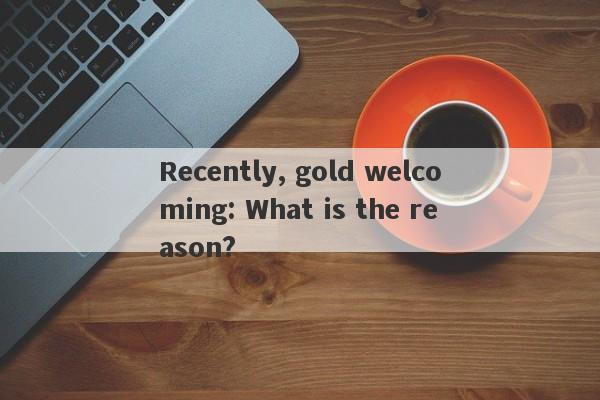Recently, gold welcoming: What is the reason?
Global situation is turbulent: gold demand rises
Global economic turmoil often becomes a driving factor for rising gold prices.Increased geopolitical tensions usually trigger investors' demand for safe -haven assets, including gold.For example, incidents such as regional conflict and trade war will exacerbate market uncertainty, resulting in investors seeking stable investment choices.In addition, the increase in global inflation pressure is also one of the reasons for the rise in gold demand.The intensification of inflation will weaken the purchasing power of the currency and trigger an increase in demand for investors in physical assets. As a kind of asset with stable value preservation, gold is often favored.Therefore, the exacerbation of global economic uncertainty often promotes the rise in gold prices.
Risk aversion caused gold investment
Recently, uncertainty in the global market has led to the increasing demand for investors in insurance assets.As a traditional insurance asset, gold is favored by investors for its stable value -preserving characteristics.Investors' confidence in gold as an asset of gold is enhanced, partly due to the stable performance of gold when the market is turbulent.Compared with other financial assets, gold has a relatively independent value movement and can provide a certain degree of protection when market volatility is increased.In addition, with the continuous upgrading of the global geopolitical situation and the increasing uncertainty of the macroeconomic situation, investors' demand for insurance assets has further increased, and gold as one of the important choices, its attractiveness has also increased.Therefore, the exacerbation of risk aversion has prompted investors to turn gold and promote the rise in gold prices.
The influence of the Federal Reserve policy on gold
The Fed's monetary policy measures have an important impact on the price of gold.First of all, the Fed's interest rate policy directly affects the cost and liquidity of market funds, which in turn affects investors' allocation preferences for gold and other assets.Generally speaking, the Federal Reserve's increase in interest rates will increase the chance of gold, thereby weakening its appeal and leading to a decline in gold prices. On the contrary, reducing interest rates will increase the attractiveness of gold and promote price increases.Secondly, the Fed's quantitative easing policy will also affect the gold market.Quantitative easing usually leads to an increase in currency supply, causing inflation expectations, which boosted the demand for real assets of gold and pushing its price increase.Finally, the influence of the Fed's monetary policy is also reflected in its guidance on inflation expectations.The market's changes in inflation expectations will affect investors' demand and price expectations for gold. Therefore, the Fed's guidance of the expected inflation expectations through its monetary policy also indirectly affects the trend of gold prices.
Gold market supply and demand analysis
The fundamental factors in the gold market have an important impact on its price trend.First, global gold production is one of the key factors affecting the supply of the market.Increased gold production often increases market supply, thereby forming downward pressure on the price of gold; on the contrary, the decline in output will reduce market supply and support rising gold prices.Secondly, the changes in consumer demand are also an important factor affecting the supply and demand relationship of the gold market.As a precious metal with diversified use, gold is widely used in jewelry, industry and investment fields. Therefore, the global economic situation, financial market fluctuations, and investor emotions will affect the demand for gold consumption, which will affect its prices.Finally, the limited supply chain may also affect the supply of the gold market.For example, factors such as restrictions on environmental protection policies and political turmoil caused by environmental protection policies may lead to decrease in gold supply, thereby promoting rising gold prices.Therefore, considering the fundamental factors of supply and demand in the gold market is of great significance to analyze the trend of gold price.
Technical factors affect gold price
The impact of technical factors on gold prices cannot be ignored.First of all, technical chart analysis is one of the analysis methods commonly used by investors. By analyzing the chart of the gold price trend, we can find important information such as the trend, support and resistance of price, thereby guiding investors' transaction decisions.Technical analysis tools such as moving average and relatively weak index can help investors better grasp the market trend, which will affect the fluctuation of gold prices.Secondly, the transaction volume is also one of the important technical indicators that affect the price of gold.The increase in transaction volume is usually accompanied by the increase in market activity, which may mean changes in market sentiment or the occurrence of major events, which affects the fluctuation of gold prices.Finally, technical factors will also affect market emotions and investor expectations.When the technical indicators issue a buy or sell signal, it will cause the emotional fluctuations of investors, which will affect their expectations of the future trend of gold prices.Therefore, the impact of technical factors on the price of gold is the result of comprehensive factors, and comprehensive consideration is required.





